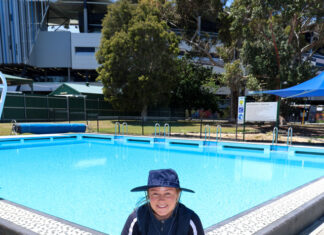GEELONG firefighters and academics have backed plans for GPS tracking of firebugs as the fire season moves onto high alert.
Geelong CFA operations manager Gerry Verdoorn, said State Government plans for GPS technology would be welcome if guaranteed to work.
Deakin University’s Claudio Bozzi backed the move, saying studies showed it reduced repeat offending but raising privacy concerns for prisoners who might be monitored by GPS.
Spring St is looking to track convicted and suspected arsonists to help reduce the incidence of deliberately-lit fires.
An arsonist is suspected to have been behind a 50-hectare grassfire at Little River earlier this week.
Emergency services Minister Peter Ryan was reported as saying GPS tracking devices are under consideration for monitoring firebugs.
Legislation is reportedly to be drafted early this year.
“If it was something that was guaranteed to prevent or reduce the threat of arson, anything we could do would be helpful,’’ Mr Verdoorn told the Independent from southwest Victoria where he was helping battle a Portland plantation fire.
“If GPS reduced the impact of arson, yes, we’d support it, but there are legal issues involved. Presumably, in theory, there’d be merit in it but there are a lot of other circumstances about it.”
Mr Bozzi, a law lecturer who wrote an essay entitled GPS monitoring may intrude prisoners’ privacy, raised the issue of GPS monitoring encroaching on privacy rights that offenders might have accepted in jail but not in public.
Mr Bozzi’s comments, published by The Conversation website, said the timing of firebug GPS monitoring could hardly be more-appropriate.
He cited US studies pointing to reduced recidivism by GPS-monitored sex offenders but pointed also to prisoner rights being balanced with the public interest.
“The GPS tracking of individuals highlights the increasingly restricted space in which individuals can expect privacy,’’ he said.
“It also shows the redundancy of privacy laws which continue to be based on an outdated distinction between private and public physical space.”
Get the latest news to your email inbox FREE!
REGISTER





